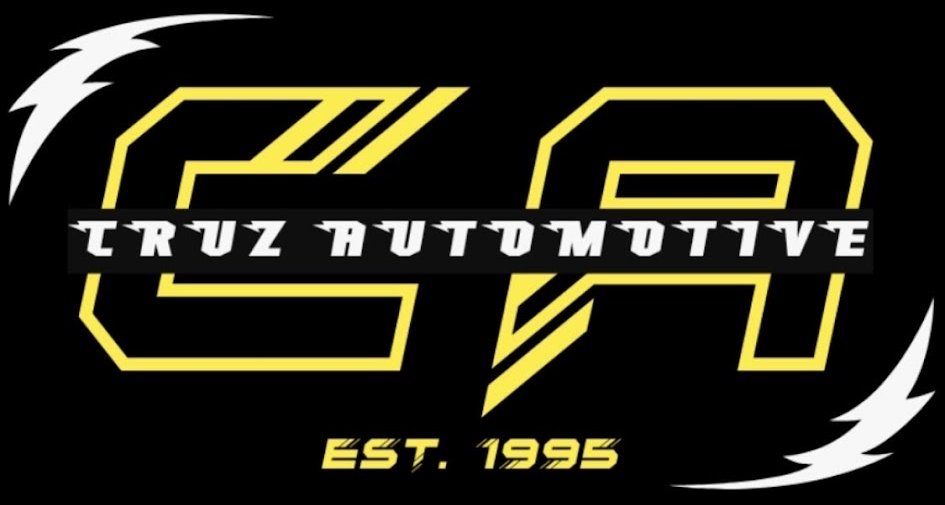Introduction
Your car’s transmission is like the heart of your vehicle’s movement. It keeps everything running smoothly as you shift gears. But what happens when it suddenly fails in the middle of a drive? That’s when things get tricky. Knowing the difference between regular and emergency transmission service can save you stress, money, and maybe even your car. This guide will break down what each type of service involves and how to spot the warning signs before a small problem becomes a big one.
What Is Regular Transmission Service
Regular transmission service is all about prevention. It’s the routine care your vehicle needs to keep its transmission healthy. This usually includes changing the transmission fluid, inspecting seals and gaskets, checking for leaks, and making sure the gears shift properly. Mechanics may also replace filters or flush the system to remove dirt and metal shavings.
Most experts recommend scheduling this service every 30,000 to 60,000 miles, depending on your car and driving habits. Keeping up with regular service helps you avoid sudden breakdowns and expensive repairs later on.
What Is Emergency Transmission Service
Emergency transmission service is completely different. It kicks in when something has already gone wrong. Picture this: your car won’t go into gear, strange grinding noises come from under the hood, or transmission fluid is leaking fast. These signs mean you need emergency transmission service right away.
This type of repair focuses on getting your car safe and drivable again as quickly as possible. Technicians may have to rebuild or replace the transmission, fix snapped cables, or seal major leaks on the spot. It’s fast-paced, urgent work done to prevent further damage and keep you from being stranded.
Key Differences Between Regular and Emergency Repairs
The main difference lies in timing and urgency. Regular service is planned, while emergency transmission service is unplanned. Regular maintenance keeps problems from starting. Emergency repairs handle problems after they’ve already happened.
Cost is another big difference. Regular servicing is usually cheaper because it prevents major damage. Emergency repairs often cost more because they involve serious damage and more labor. Also, regular service can be scheduled at your convenience, while emergencies often mean calling a shop after hours or searching for emergency transmission service near me in a hurry.
When to Search for Emergency Transmission Repair
Sometimes, you can’t wait. If your car won’t move, is slipping out of gear, or makes loud clunking or whining sounds, don’t risk driving it. Those are signs of major trouble.
At this point, it’s smart to look up emergency transmission repair near you or 24/7 transmission repair. Many shops offer round-the-clock help for situations like this. Getting quick service can stop further damage and keep you safe on the road.
Why Quick Action Matters in Emergencies
Waiting too long during a transmission failure can cause more parts to break. For example, driving with low or leaking fluid can burn up the transmission completely. That can turn a small repair into a full replacement. Emergency transmission service protects your car’s engine and saves you from getting stuck on the side of the road.
Fast action means less damage, lower costs, and less stress.
Key Takeaway
Regular transmission service is like going to the doctor for a checkup, while emergency transmission service is like rushing to the hospital. One prevents issues, and the other fixes major problems right away. Knowing when you need each type of service keeps your car reliable and safe.
The End Note!
At Cruz Automotive, we know how stressful a sudden transmission breakdown can be. That’s why we always remind drivers to keep up with regular transmission maintenance and act quickly when signs of trouble appear. If you ever face a sudden breakdown, finding emergency transmission service near you or 24/7 transmission repair can get you back on the road safely. Taking quick action now can save you from bigger problems later.
